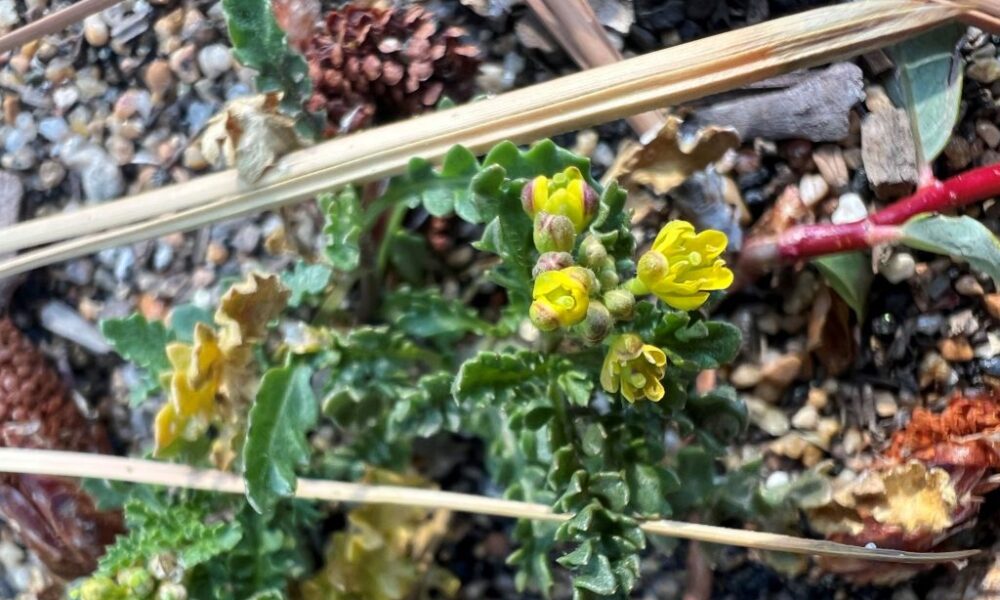UPDATE: The latest survey results from the Nevada Division of Natural Heritage (NDNH) reveal a promising but precarious status for the Tahoe yellow cress along the shores of Lake Tahoe. Conducted in 2025, the survey documented approximately 5,575 individual plants across 19 beaches in both Nevada and California, emphasizing the critical need for ongoing conservation efforts.
This rare plant, unique to Lake Tahoe, faces significant threats from shoreline development and recreational activities. As a priority conservation species, its survival hinges on collaborative actions by various agencies and community members. The NDNH, in partnership with federal, tribal, and local organizations, highlighted the urgent need for continued vigilance in protecting this delicate ecosystem.
“This plant is unique to Lake Tahoe—it doesn’t grow anywhere else in the world,” stated Patrick Silbey, a biologist at NDNH. The annual survey plays a vital role in tracking population health and informs adaptive management strategies in response to environmental changes.
Historically, the Tahoe yellow cress was perilously close to extinction, disappearing from Nevada’s shores by the late 1990s. It was classified as endangered in California and critically endangered in Nevada, with federal listing as a candidate species proposed in 1999. However, the Tahoe Yellow Cress Conservation Strategy, initiated in 2002, has fostered collaboration among agencies, conservation groups, and private landowners to implement protective measures such as habitat fencing and community outreach.
Community engagement has been transformative. For instance, one homeowners’ association with 900 members has taken proactive steps by fencing off plants, and local children have become stewards of the species. Jan Brisco, Executive Director of the Tahoe Lakefront Owners’ Association, emphasized the importance of these community partnerships, stating, “It’s a great example of how community partnerships are helping ensure Tahoe yellow cress continues to thrive now and for generations to come.”
In a significant milestone, the U.S. Fish and Wildlife Service removed Tahoe yellow cress from the federal candidate species list in 2015 due to the success of these coordinated conservation efforts. Emma Williams, a botanist with the USDA Forest Service, remarked, “The progress we’ve made reflects the importance of this work—and shows how working together can achieve lasting protection for a fragile species and the ecosystem it depends on.”
Despite the positive survey outcomes, partners stress that risks remain. High water levels, ongoing shoreline development, and increasing recreational pressures threaten this limited habitat. Beachgoers are urged to act responsibly: respect habitat enclosures, avoid vegetated areas near streams, manage pets, and launch watercraft away from sensitive sites.
The NDNH invites public observations of Tahoe yellow cress and other rare species through their Survey123 form or the iNaturalist project. The annual survey remains a cornerstone of the conservation strategy, providing essential data to monitor the health of Tahoe yellow cress populations.
As conservation partners—including the Nevada Division of State Parks, California Department of Fish and Wildlife, Tahoe Regional Planning Agency, and the Washoe Tribe of Nevada & California—continue to work collaboratively, the future of Tahoe yellow cress hangs in the balance.
For ongoing updates and more information about Tahoe yellow cress and other rare plants in Nevada, visit the Nevada Division of Natural Heritage website at heritage.nv.gov.
Stay informed as this critical conservation story develops, highlighting the intersection of ecology and community action at Lake Tahoe.







